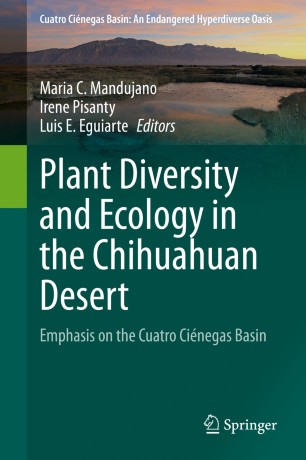

Most ebook files are in PDF format, so you can easily read them using various software such as Foxit Reader or directly on the Google Chrome browser.
Some ebook files are released by publishers in other formats such as .awz, .mobi, .epub, .fb2, etc. You may need to install specific software to read these formats on mobile/PC, such as Calibre.
Please read the tutorial at this link: https://ebookbell.com/faq
We offer FREE conversion to the popular formats you request; however, this may take some time. Therefore, right after payment, please email us, and we will try to provide the service as quickly as possible.
For some exceptional file formats or broken links (if any), please refrain from opening any disputes. Instead, email us first, and we will try to assist within a maximum of 6 hours.
EbookBell Team

4.7
76 reviewsEnvironmental and specific diversity in the Chihuahuan desert in general, and in the Cuatro Ciénegas Basin in particular, has long been recognized as outstanding. This book provides a global ecological overview, together with in-depth studies of specific processes. The Chihuahuan desert is the warmest in North America, and has a complex geologic, climatic and biogeographical history, which affects today’s distribution of vegetation and plants and generates complex phylogeographic patterns.
The high number of endemic species reflects this complex set of traits. The modern distribution of environments, including aquatic and subaquatic systems, riparian environments, gypsum dunes and gypsum-rich soils, low levels of phosphorous and organic matter, and high salinity combined with an extreme climate call for a range of adaptations. Plants are distributed in a patchy pattern based on punctual variations, and many of them respond to different resources and conditions with considerable morphological plasticity. In terms of physiological, morphological and ecological variability, cacti were identified as the most important group in specific environments like bajadas, characterized by high diversity values, while gypsophytes and gypsovagues of different phylogenies, including species with restricted distribution and endemics.